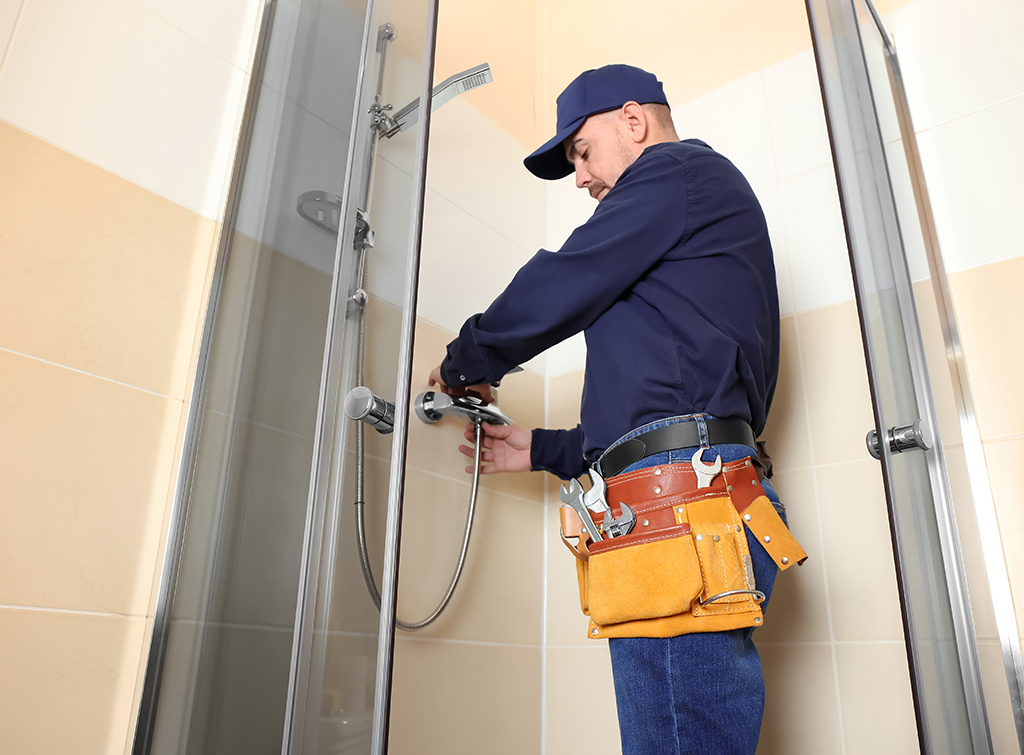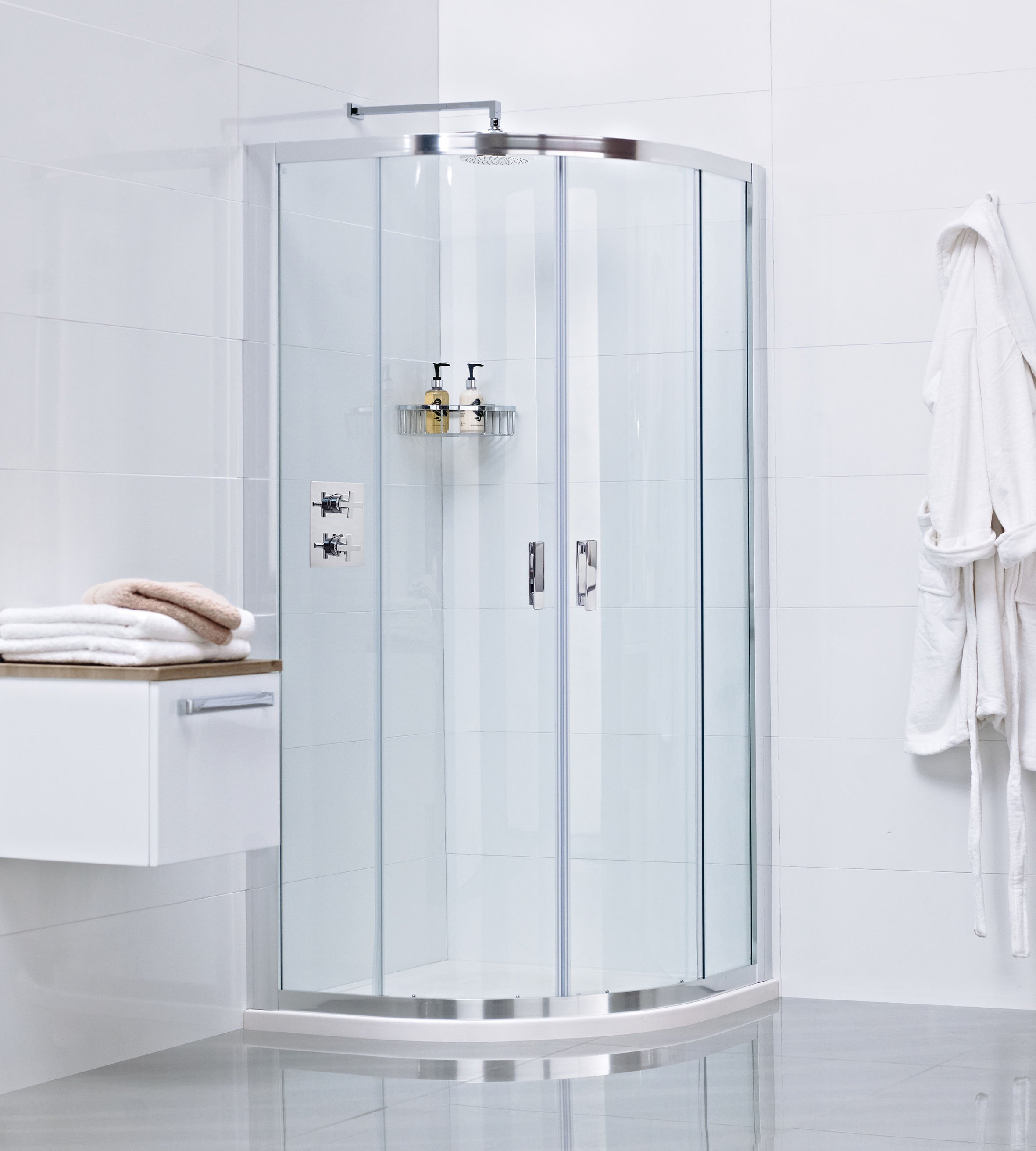In this article below you'll find additional good quality information and facts in relation to How to Install a One-Piece Shower Unit.

A successful shower setup calls for careful planning as well as a lot of work. For the most part, you will require to do three kinds of jobs: framing wall surfaces, setting up the plumbing, and also completing wall surfaces.
Preparation
To start with, you should pick the type of shower that you desire to install. It is necessary to determine whether the selected shower can handling particular systems and also can manage a secure level of water with the boiler. A lot of shower devices nowadays are created to be flexible to different water pressures (such as stored hot water and also cold mains).
It is additionally important to consider the water stress and also the preparation of the piping and drain for the shower
Various Types of Shower Units
- Push-on Mixer: The hose and spray parts of the push-on mixer shower system can be attached to the bathroom tap according to your demand, as well as the water temperature can be readjusted using the taps. Push-on mixers are cheap and very basic to mount. Nevertheless, although the pipe link is simple, it is conveniently dislodged. Furthermore, it is inconvenient to readjust the temperature.
- Bath/Shower Mixer: The tube as well as spray of this type of shower are incorporated with a bath mixer faucet, and the temperature can be adjusted with the bathroom taps. It is a really inexpensive option as well as no extra plumbing is included. Nevertheless, the bath/shower mixers also suffer from bothersome temperature level control choices.
- Manual Mixer: The tube and spray of a hand-operated mixer shower device belong of the wall device and the cold and hot water materials are connected to a single shutoff The temperature level and pressure of the water are managed via either one or a variety of knobs (in extra costly showers). Although temperature level control is a lot easier in manual mixer types, they are much more expensive than the previously discussed mixers. They likewise call for added plumbing of cold and hot water system pipes.
- Thermostatic Mixer: The tube as well as spray of this shower type are a part of the wall unit and the cold and hot water materials are attached to a solitary shutoff here as well. It is complete with an integrated stabiliser to self-adjust the water temperature level and also to avoid it from coming to be as well hot. Among the largest advantages of a thermostatic mixer shower type consists of practical temperature control. Nonetheless, it is the most costly of the different mixer options.
- Power Shower: A power shower is a single unit containing a powerful electric pump that is capable of altering both the water stress as well as temperature. This sort of shower can be fitted if there is water from a cold water tank and a warm water cylinder. A power shower makes the adjustment of both stress as well as temperature level easy. On the other hand, it disagrees for water heated up directly by the shower or where the water is supplied by a combination boiler under keys pressure.
- Electric Shower: An electric shower is plumbed right into a mains cold water supply and it warms the water electrically. It is essential to note that for this shower kind to be mounted, the keys stress requires to be at least 0.7 kg/sq cm (10lb/sq in). The system enables the temperature as well as pressure to be readjusted using a handle. Versions with temperature stabilisers are better as they stay untouched by various other faucets in other places in operation within the house. A major drawback of electrical showers is that the control handle only permits the option of high temperatures at much less pressure, or reduced temperatures at a better stress. This is troublesome in the winter when the spray is commonly weak and the keys water is cooler. However, this issue is taken on in some models which are available with a winter/summer setup.
Method
Depending upon the type of shower you want to install, the shower head have to either be fitted in order to prevent its contact with the water in the bathroom below or the base tray, or it must have a check shutoff.
Before starting, it is a good idea to mark the settings of the shower head and also control, and to plan the pipe-work involved. In addition, the drain system to get rid of the drainage will need to be planned. Both positions of the cable path and the shower button will also require to be taken into consideration if an immediate or electric shower device is being mounted.
Utilize the guideline guide given with the shower unit to fit the shower control.Before fitting the pipelines that will supply the water to the shower system, it is essential to cut off the water system. In order to protect the pipelines, they must be given a water-proof covering and likewise fitted with separating valves. The pipelines can after that be hidden right into the wall surface as well as smudged over to neaten the general appearance.
Fit the base tray, shower head, and also installations.
Connect the major shower control to the pipelines that will be supplying the water (This might need a women screw thread adapter).
Reconnect the water system and test the pipelines for any type of leakages, as some may require firm.
If you are installing an electrical shower, keep in mind to turn off the electrical energy supply prior to making any type of electric links. As soon as these links have been made (there should be advice within the user's manual), the power supply can be switched back on.
Readjusting Water Pressure to Match Your Shower
The cold water tank can be raised to a better height (sometimes as low as 150mm (6inches)) by installation a solid wooden support underneath it - perhaps composed of struts as well as blockboards. If you pick this alternative, the main as well as circulation pipelines will certainly additionally have to be raised to meet the new elevation of the tank.
Conversely, a booster pump (a solitary pump or a dual/twin pump) can be fitted. Whichever kind is picked, it has to be attached right into the power supply in order to run.
Piping as well as Drainage
It is best to utilize 15mm size supply pipelines, and make the runs to the shower as brief and also straight as feasible so as to maintain maximum stress as well as minimise warmth loss. Furthermore, by minimising using arm joints for pipeline corners, you can reduce the resistance in the flow of the supply of water. You can achieve this by bending the pipelines instead.
Many Common Errors
- Breaching or overlooking regional code restrictions.
- Using pipelines that are also small.
- Connecting copper to galvanized without utilizing a brass or dielectric fitting in between both.
- Not using tape or pipeline compound at threaded joints.
- Uneven your fixtures when installing them.
- Not mounting an air space filling for fixtures.
- Reducing supply stub outs too brief to mount the shutoff valves onto after the ended up wall is in place.
- Not appropriately straightening tubes into fittings or quit valves. (Compeling the nut onto the compression ring at an angle when the tubes goes to an angle will certainly create a leak.).
- When transforming the water back on in your house, constantly run the outdoors tube shutoff or purge your bathrooms to hemorrhage dust and also air from the lines. This debris can cause issues in your sink faucets and also various other plumbing trim.
How Do You Install a Shower? Follow This Guide
Installing a Shower at a Glance
- Tools & Materials: Level, electric drill, caulk, hole saw, cedar shims, shower unit
- Step 1: Drill pilot holes
- Step 2: Prep fixture holes
- Step 3: Move unit into place
- Step 4: Caulk corners and base
- Step 5: Attach door
- Step 6: Install shower pan
Whenever plumbing is involved in a DIY project, people worry about what might go wrong. The truth is that installing a shower isn’t that complicated, and you can save a lot of money by doing it yourself. You shouldn’t need to make any alterations to your plumbing to complete the job, and most of the tools you need will be provided in your new shower kit.
Can I Install a Shower Myself?
Even if you’ve never installed a shower before, you’ll find this to be a project that is perfectly suited for DIYers with a moderate level of experience. Whether you're doing a bathtub conversion or installing a new stall, most of what you need comes in shower kits that you can purchase from a hardware store. The first thing you need to do is determine what type of shower stall you want.
Single-panel stalls are the easiest to install because they come preassembled. All you need to do is put them in place. Multi-panel showers require a few additional steps, but you’ve got more control over the appearance of your unit. Multi-panel units are also much easier to handle if you’re going to do the installation without any help.
Be sure to take all appropriate safety precautions, such as wearing eye protection and gloves. When you’re removing or installing a shower unit, you might kick up debris that could hurt your eyes. You’ll also need to work with equipment that will get extremely hot, so be sure to have safety gloves handy.
Tools and Materials
- 2- to 4-foot level
- Electric drill with a 1/8-inch drill bit
- Caulk
- 2-inch hole saw
- Cedar shims
- The unit itself
Before You Begin: Prep the Space
It’s highly important to measure your space accurately before putting the stall in. Measuring from the floor upward and from each corner outward will ensure you’ve got the right measurements. What you’re looking for is where the plumbing apparatuses are going to come through the stall. Transfer these measurements over to the back of your unit by drawing the locations of these holes using a pencil or marker.
Pull out your old shower and make sure to scrape off all the old caulking. Be thorough because you want to work with smooth surfaces for the best installation. Once you’ve pulled out your existing shower, you need to make sure that the floor is clean and dry. The best way to clean debris is with a shop vacuum, as it’ll soak up water and dirt together.
If you’re experiencing any plumbing issues, such as low water pressure, this is a perfect opportunity to solve them. Make sure that the pipes themselves are not in need of patching and clean your showerhead. When you turn the water back on after your project, check the pipes for signs of wear or disrepair. Anything beyond minor repairs should be handled by a plumber, and this is the best time to bring in a professional.
If the floor has any moisture at all, don’t proceed until it’s completely dry. The last thing you need is for the floor to rot or invite mold and mildew into your base. Once everything is dry, apply waterproof wallboard to the walls. This can be attached with screws or nails, then sealed with caulk so that water doesn’t seep into any crevices.

I'm certainly very excited about How to Install a Shower Enclosure and I'm hoping you enjoyed the blog post. Those who appreciated our article plz remember to share it. Many thanks for your time. Don't forget to check up our blog back soon.
Book
Comments on “Painless Ways to Install a New Shower Unit Like a Pro”